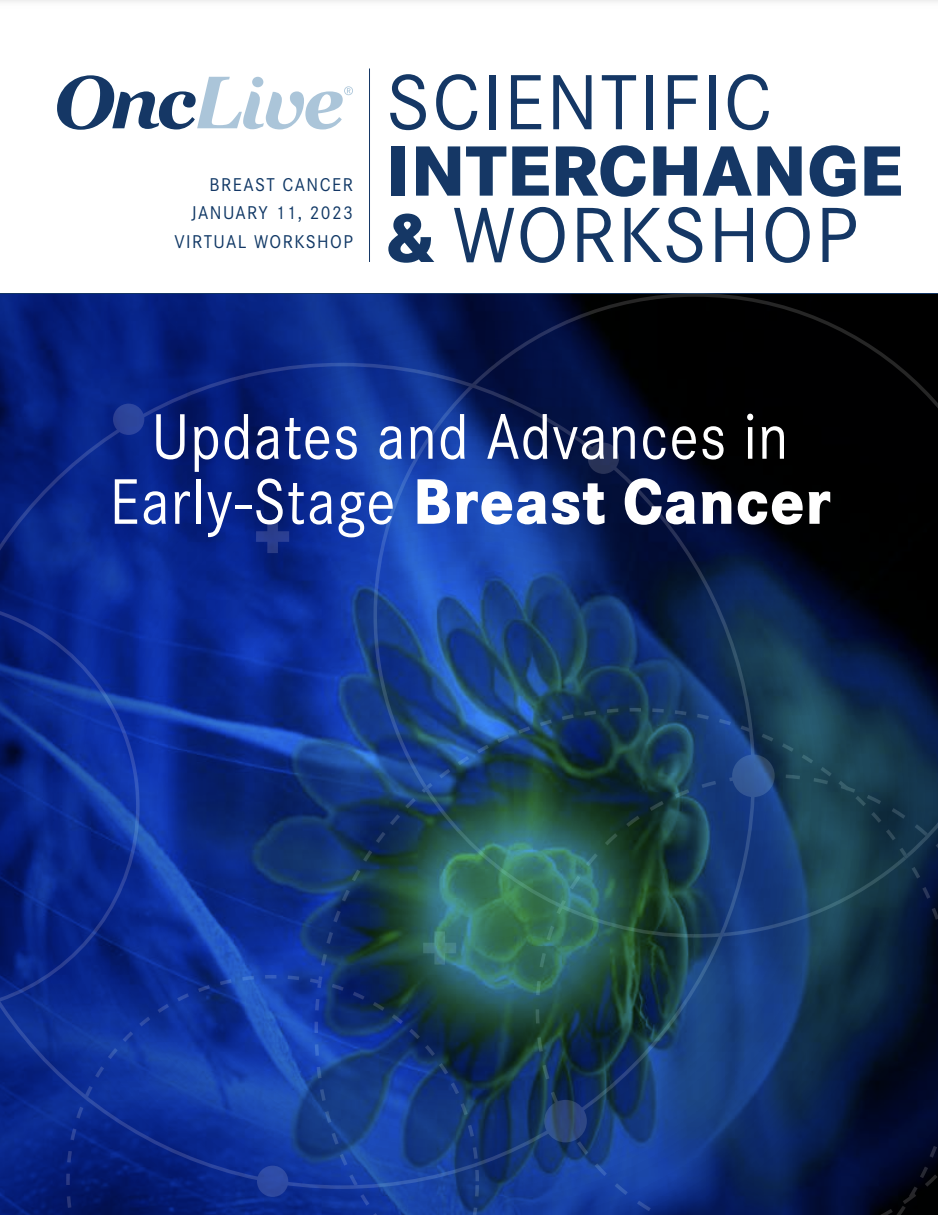Video
Dr Coombs on BTK Inhibitors and CAR T-Cell Therapy in CLL
Author(s):
Callie Coombs, MD, discusses treatment updates in patients with chronic lymphocytic leukemia.
Callie Coombs, MD, associate clinical professor, the University of California, Irvine, discusses treatment updates in patients with chronic lymphocytic leukemia (CLL).
Findings from the phase 3 ALPINE trial (NCT03734016) showed efficacy and safety benefits with zanubrutinib (Brukinsa) vs ibrutinib (Imbruvica) in patients with relapsed/refractory CLL, Coombs says. In this trial, the 24-month progression-free survival (PFS) rate was 78.4% with zanubrutinib vs 65.9% with ibrutinib. Patients in the zanubrutinib arm had a lower rate of cardiac toxicities than those in the ibrutinib arm, Coombs notes.
The primary analysis of the phase 1/2 TRANSCEND CLL 004 trial (NCT03331198), which investigated lisocabtagene maraleucel (liso-cel; Breyanzi) in patients with relapsed/refractory CLL, demonstrated a complete response (CR)/CR with incomplete count recovery rate of 18.4% (95% CI, 8.8%-32.0%; 1-sided P = .0006) with the CAR T-cell therapy at 100 x 106 CAR+ T cells. These patients were heavily pretreated, and a greater CR rate with liso-cel may have been seen in a less pretreated cohort, according to Coombs. The median duration of response (DOR) was 35.3 months, with DORs ranging from 11.0 months to not reached. Future research may aim to determine which patient characteristics were associated with long responses to this therapy, Coombs emphasizes.
Updated data from the phase 3 CLL14 trial (NCT02242942) included an estimated 5-year PFS rate of 62.6% with venetoclax (Venclexta) plus obinutuzumab (Gazyva) vs 26.0% with chlorambucil plus obinutuzumab in patients with CLL. Mature follow-up data in higher-risk patients from this trial show 5-year PFS rates of 40.6% vs 15.6% in the venetoclax and chlorambucil arms, respectively, in patients with TP53 mutations and 5-year PFS rates of 55.8% vs 12.5% % in the venetoclax and chlorambucil arms, respectively, in patients with unmutated IGHV. Although these higher-risk patients achieved shorter remissions than those with favorable-risk markers, they still achieved a long median time off therapy, Coombs notes. Therefore, venetoclax can be considered for higher-risk patients, with the understanding that their remissions will likely be shorter than those of favorable-risk patients, Coombs explains.
Updated data from the phase 3 MURANO trial (NCT02005471) provide additional insight into retreatment with venetoclax, Coombs says. Despite a patient selection bias that favored higher-risk patients, the median PFS was 53.6 months with venetoclax plus rituximab (Rituxan) vs 17.0 months with bendamustine plus rituximab, Coombs emphasizes. These data should not be generalized to the entire relapsed/refractory CLL population, as the MURANO population consisted of patients at high risk for relapse, including those with TP53 aberrations and unmutated IGHV, Coombs concludes.









